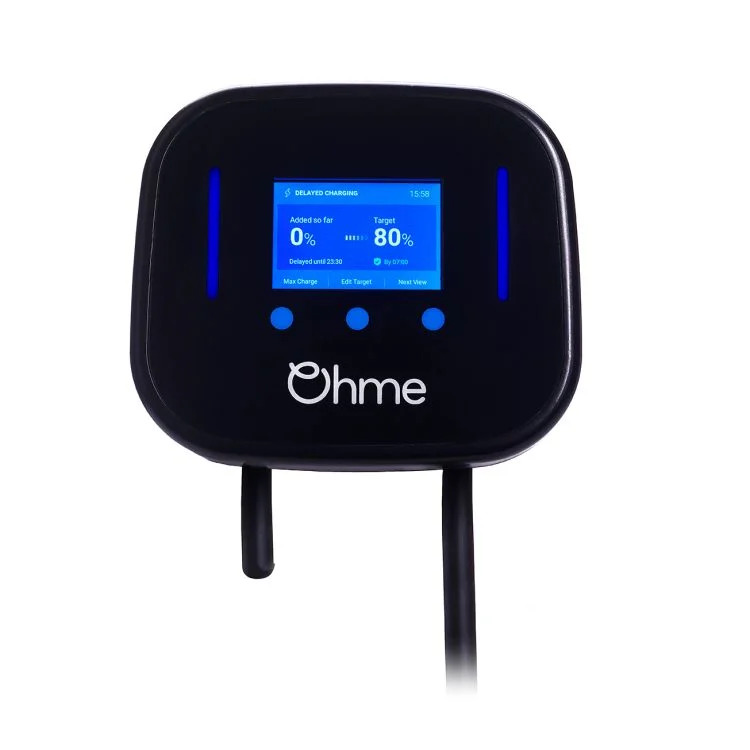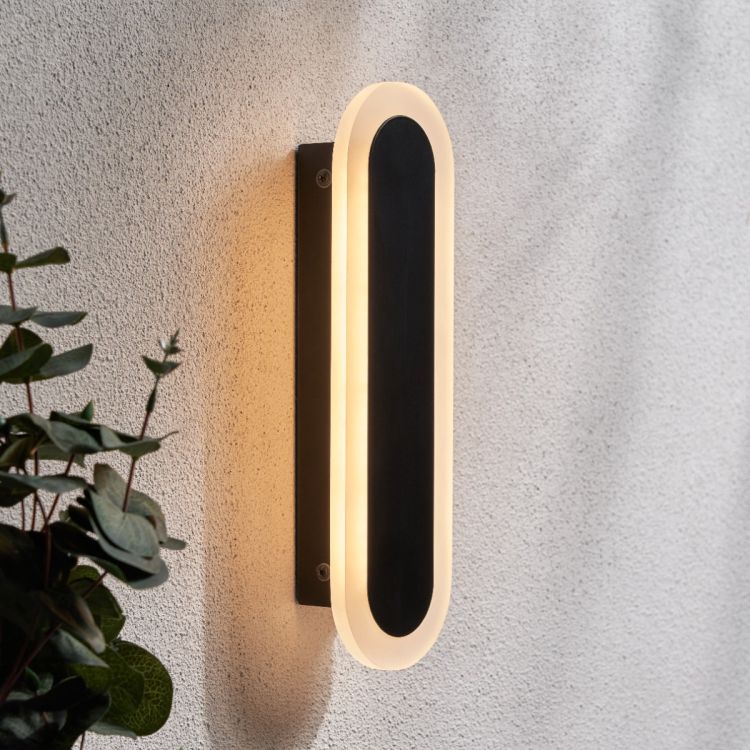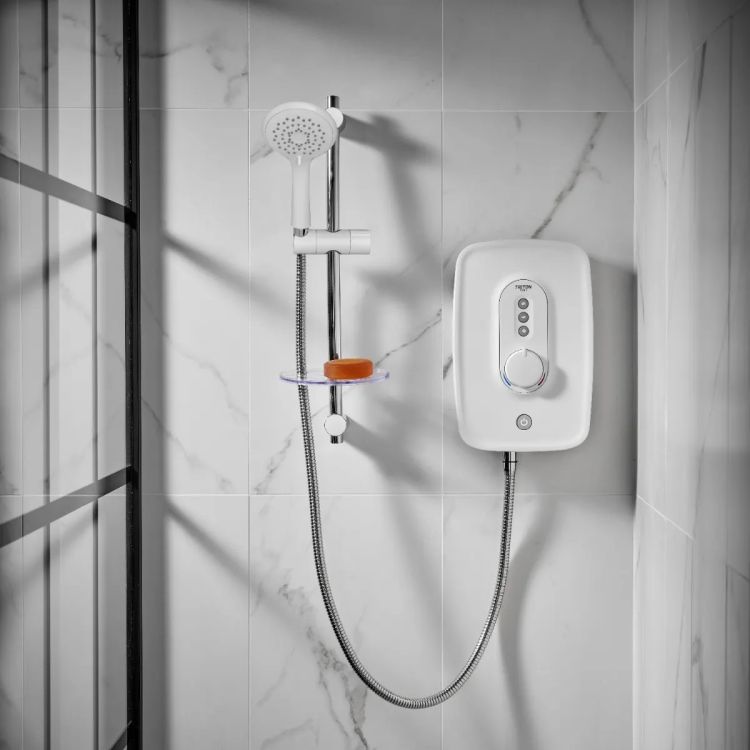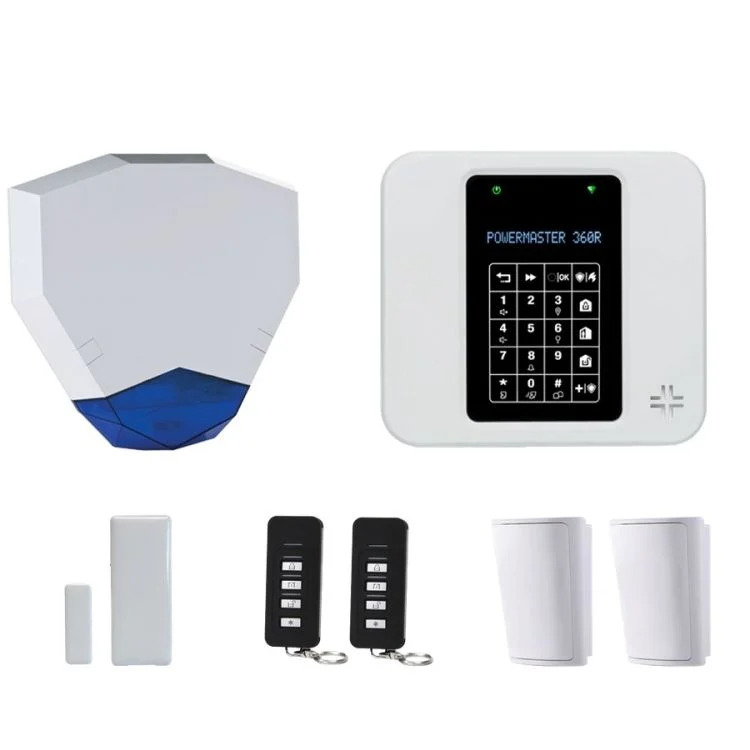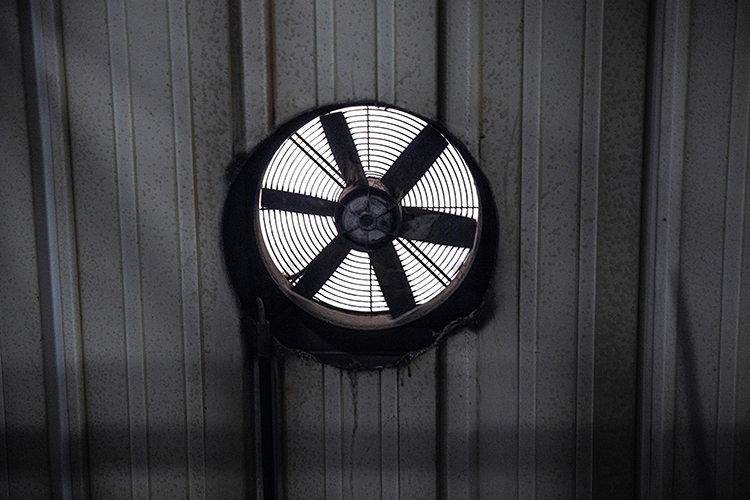Electric Underfloor Heating in Bathrooms: What You Need to Know
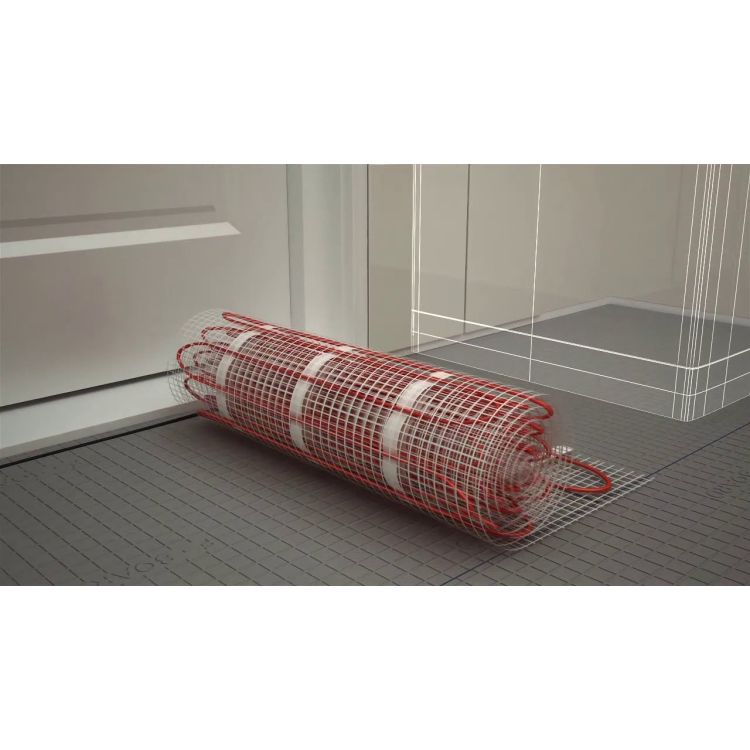
Electric underfloor heating has become a popular choice for modern bathrooms, offering a luxurious and energy-efficient way to keep floors warm. Unlike traditional radiators, which heat the air from a single point, underfloor heating provides even warmth across the entire floor surface, making it an ideal solution for cold-tiled bathrooms.

How Does Electric Underfloor Heating Work?
Electric underfloor heating consists of either heating mats or heating cables installed beneath the flooring. These systems generate heat through electrical resistance, warming the floor evenly. When connected to a thermostat, the system allows for precise temperature control, ensuring optimal comfort and efficiency.
Once installed, the heat rises gently from the floor, creating a comfortable and consistent warmth. Unlike radiators, which can cause uneven heating, underfloor heating eliminates cold spots, making the bathroom feel more inviting, especially in winter months.
Benefits of Electric Underfloor Heating in Bathrooms
Enhanced Comfort and Warmth
One of the main reasons homeowners choose electric underfloor heating is the comfort it provides. Cold bathroom floors, especially in the winter, can be unpleasant, but underfloor heating ensures that every step is warm. It also helps distribute heat more evenly, preventing areas of the room from feeling colder than others.
Energy Efficiency and Cost-Effectiveness
Compared to traditional radiators, electric underfloor heating can be more energy-efficient. Because heat is distributed evenly from the floor upwards, less energy is needed to maintain a comfortable temperature. When paired with a programmable thermostat, the system can be set to run only when needed, further reducing energy costs.
Space-Saving and Aesthetic Appeal
Since underfloor heating is installed beneath the flooring, it eliminates the need for bulky radiators. This allows for greater flexibility in bathroom design, making it easier to create a sleek, modern aesthetic. Without radiators taking up space, you have more room for storage, fixtures, and decorative elements.
Quick and Easy Installation
Unlike water-based underfloor heating, which requires extensive pipework and a connection to the central heating system, electric underfloor heating is easier to install. This makes it a great choice for bathroom renovations, as it can be added with minimal disruption. Many systems can be installed in just a day, especially when using heating mats designed for quick fitting.
Types of Electric Underfloor Heating for Bathrooms
Heating Mats
Electric under floor heating mats are one of the most popular choices for bathroom underfloor heating. They consist of pre-wired electric cables embedded in a mesh mat, making them easy to roll out and install under tiles. These mats provide even heating across large areas and are ideal for bathrooms with minimal obstacles like fixtures and cabinets.
Heating Cables
For bathrooms with irregular layouts or many fixed objects, heating cables offer greater flexibility. These cables can be arranged in custom patterns, allowing for precise coverage in tight spaces. While they require more careful planning during installation, they are a great option for smaller bathrooms where heating mats may not fit optimally.
Foil Heating Systems
Foil heating systems are designed for use under vinyl, laminate, or wooden flooring. These systems use a thin foil layer to evenly distribute heat, making them suitable for bathrooms where tiles are not being installed. However, they may not be as efficient as traditional heating mats or cables when used in high-moisture areas.

Choosing the Right Underfloor Heating System for Your Bathroom
Several factors influence the choice of an electric underfloor heating system. Bathroom size is a key consideration, as larger spaces require more powerful heating systems. Flooring type also matters as some heating solutions work better under tiles, while others are suitable for vinyl or laminate.
Another important factor is insulation. Proper insulation beneath the heating system prevents heat loss, ensuring that the warmth is directed upwards rather than being absorbed into the subfloor. A high-quality thermostat is also essential for controlling energy usage and maintaining comfortable temperatures.
Installation Process: What to Expect
Preparation and Subfloor Requirements
Before installation, it’s essential to prepare the subfloor properly. The surface should be clean, dry, and level to ensure even heating. Insulation boards can be installed beneath the heating system to improve energy efficiency and reduce heat loss.
Laying the Heating System
For heating mats, the installation process involves rolling out the mat and securing it in place. Heating cables require more precise positioning to achieve even coverage. In both cases, a levelling compound or tile adhesive is applied over the heating elements to protect them before laying the final flooring.
Connecting to a Thermostat
Once the heating elements are installed, they need to be wired to a compatible thermostat. This controls the temperature and ensures safe operation. Electrical connections should always be carried out by a qualified electrician to comply with UK building regulations.
Running Costs and Energy Efficiency
Electric underfloor heating systems are generally affordable to run, especially when used with a programmable thermostat that optimises heating times. While energy consumption varies depending on system power and room size, many modern setups are designed to be low-energy while providing maximum comfort.
To improve efficiency, using insulation boards beneath the heating system helps retain heat, reducing the amount of energy required to maintain a warm floor. Additionally, setting the thermostat to heat the floor only when needed, such as during morning and evening hours, can further lower costs.
Safety Considerations and Compliance
Since bathrooms are wet environments, safety is a top priority when installing electric underfloor heating. The system should have the appropriate IP (Ingress Protection) rating, ensuring that it can withstand moisture and splashes. Most bathroom heating systems need to be at least IPX4 rated to comply with UK safety regulations.
Wiring should always be completed by a qualified electrician, and the installation should comply with Part P of the UK Building Regulations, which covers electrical safety in dwellings. Choosing a trusted brand with built-in safety features ensures peace of mind and long-term reliability.
Maintenance and Longevity
One of the advantages of electric underfloor heating is that it requires minimal maintenance once installed. Unlike radiators, which may need frequent bleeding and upkeep, underfloor heating systems have no moving parts, reducing the risk of wear and tear.
To keep the system running efficiently, ensure that the thermostat is regularly checked and adjusted for seasonal temperature changes. If any issues arise, such as uneven heating, a qualified electrician should inspect the system to diagnose potential problems.
Most electric underfloor heating systems have a lifespan of 20 years or more, making them a long-term investment in both comfort and energy efficiency.
Electric underfloor heating is an excellent choice for bathrooms, providing warmth, energy efficiency, and a sleek, space-saving solution. With various system types available, including heating mats, cables, and foil systems, there is an option for every bathroom layout and flooring preference.
By choosing a high-quality system, ensuring proper installation, and using an energy-efficient thermostat, homeowners can enjoy the benefits of underfloor heating for years to come. Whether you're planning a full bathroom renovation or a simple heating upgrade, electric underfloor heating offers a comfortable and cost-effective way to enhance your space.
Filter by category
Tags
Topics




